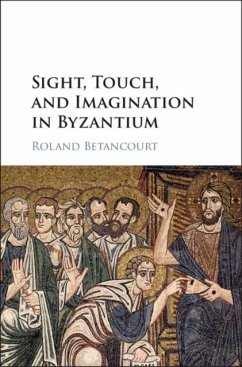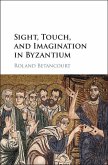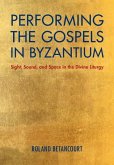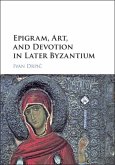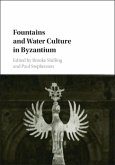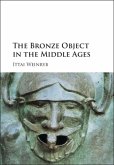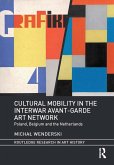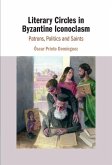Considering the interrelations between sight, touch, and imagination, this book surveys classical, late antique, and medieval theories of vision to elaborate on how various spheres of the Byzantine world categorized and comprehended sensation and perception. Revisiting scholarly assumptions about the tactility of sight in the Byzantine world, it demonstrates how the haptic language associated with vision referred to the cognitive actions of the viewer as they grasped sensory data in the mind in order to comprehend and produce working imaginations of objects for thought and memory. At stake is how the affordances and limitations of the senses came to delineate and cultivate the manner in which art and rhetoric was understood as mediating the realities they wished to convey. This would similarly come to contour how Byzantine religious culture could also go about accessing the sacred, the image serving as a site of desire for the mediated representation of the Divine.
Dieser Download kann aus rechtlichen Gründen nur mit Rechnungsadresse in A, B, BG, CY, CZ, D, DK, EW, E, FIN, F, GR, HR, H, IRL, I, LT, L, LR, M, NL, PL, P, R, S, SLO, SK ausgeliefert werden.

